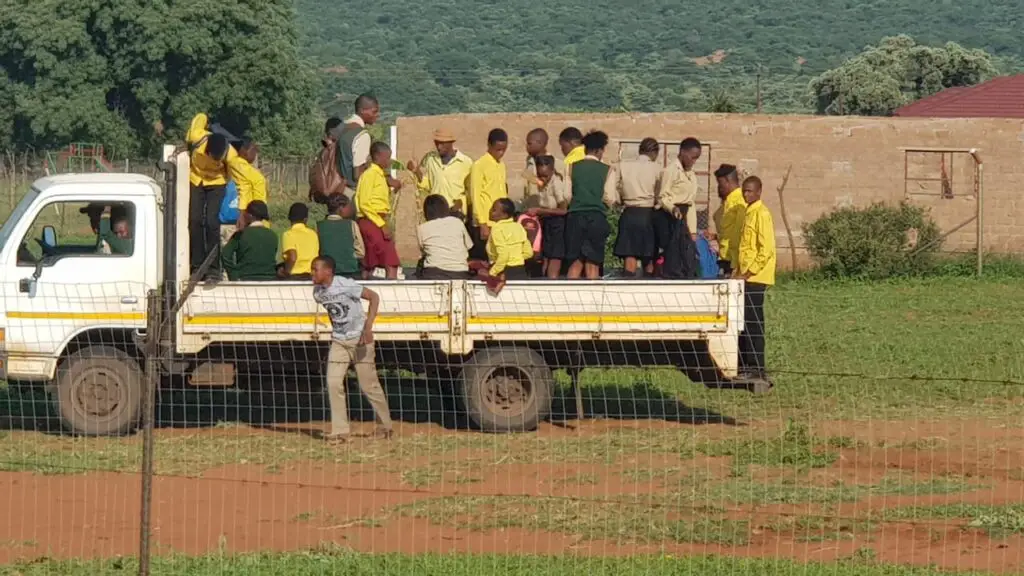
- Limited Access to Educational Resources:
- Infrastructure: Schools in rural areas may have inadequate facilities, such as outdated classrooms, lack of laboratories, and insufficient libraries.
- Learning Materials: There may be a shortage of textbooks, digital resources, and other learning materials.
- Teacher Shortages and Quality:
- Qualified Teachers: Rural areas might struggle to attract and retain qualified teachers. This can lead to a shortage of specialized subjects and less experienced educators.
- Professional Development: Teachers in rural areas might have fewer opportunities for professional development and training.
- Transportation and Accessibility:
- Distance: Students might have to travel long distances to reach their schools, which can be challenging, especially in adverse weather conditions or on poor roads.
- Public Transport: There may be limited or unreliable public transportation options available.
- Economic Challenges:
- Poverty: Families in rural areas may have lower incomes, which can affect students’ ability to afford school supplies, uniforms, and extracurricular activities.
- Child Labor: Economic pressures might force children to work instead of attending school.
- Health and Nutrition:
- Health Issues: Poor health and inadequate nutrition can impact students’ ability to learn and attend school regularly.
- Healthcare Access: Limited access to healthcare services can exacerbate health issues among students.
- Technological Barriers:
- Internet Access: Rural areas often face challenges with limited or no internet access, which impacts students’ ability to engage in online learning and access digital resources.
- Technology Availability: There might be fewer computers and other technological tools in schools.
- Family and Community Support:
- Educational Support: Parents in rural areas may have less education themselves and may not fully understand the importance of schooling, leading to less support for their children’s education.
- Community Engagement: There may be fewer community programs and resources to support education outside of school.
- Social and Psychological Factors:
- Isolation: Students in rural areas might feel isolated from larger educational and social networks, which can impact their motivation and mental health.
- Stigma: There can be societal attitudes and stigmas associated with rural education, which might affect students’ self-esteem and aspirations.
Addressing these challenges often requires a multifaceted approach, including investment in infrastructure, teacher training, community support, and technology access.
In rural areas, students use a variety of transportation modes to get to school, depending on factors such as distance, infrastructure, and available resources. Here are some common modes of transport:

- Walking:
- Distance: Many students walk to school, especially if the school is within a reasonable distance. This is often the most accessible option but can be challenging for long distances or in harsh weather conditions.
- Bicycles:
- Personal or Shared: Bicycles are a popular choice for students who need to travel longer distances. They offer a quicker and less physically demanding alternative to walking. In some areas, community or school programs provide bicycles to students.
- Public Buses:
- School Buses: In some rural areas, there are designated school buses that pick up and drop off students. However, these services may be limited or non-existent in very remote locations.
- Local Buses: In the absence of dedicated school buses, students might use local public buses if available. These buses may serve multiple purposes beyond school transport.
- Private Vehicles:
- Family Cars: In wealthier families or more developed rural areas, students might be driven to school by their parents or guardians.
- Carpooling: Families might organize carpooling arrangements to share the transportation burden and reduce travel costs.
- Motorcycles and Scooters:
- Personal or Family Vehicles: In some regions, students may use motorcycles or scooters for transportation. These can be faster than bicycles and are often used in areas where the road infrastructure supports such vehicles.
- Animal-Drawn Vehicles:
- Horse-Carts or Donkey-Carts: In very remote areas or where modern vehicles are less common, animal-drawn carts are used. This method is traditional but can be effective for navigating rural terrain.
- Boats:
- Water Transport: In regions with significant water bodies, students may use boats to reach school. This is more common in areas with rivers, lakes, or coastal regions.
- Tractors and Agricultural Vehicles:
- Farm Vehicles: In agricultural communities, tractors and other farm vehicles might be repurposed for transporting students, especially where other options are unavailable.
Each mode of transport has its own set of challenges and benefits. For example, walking and biking are cost-effective but may be physically demanding, while public buses and private vehicles provide more comfort but may not be accessible to all students. Addressing transportation challenges often involves improving infrastructure, increasing access to resources, and developing community-based solutions.